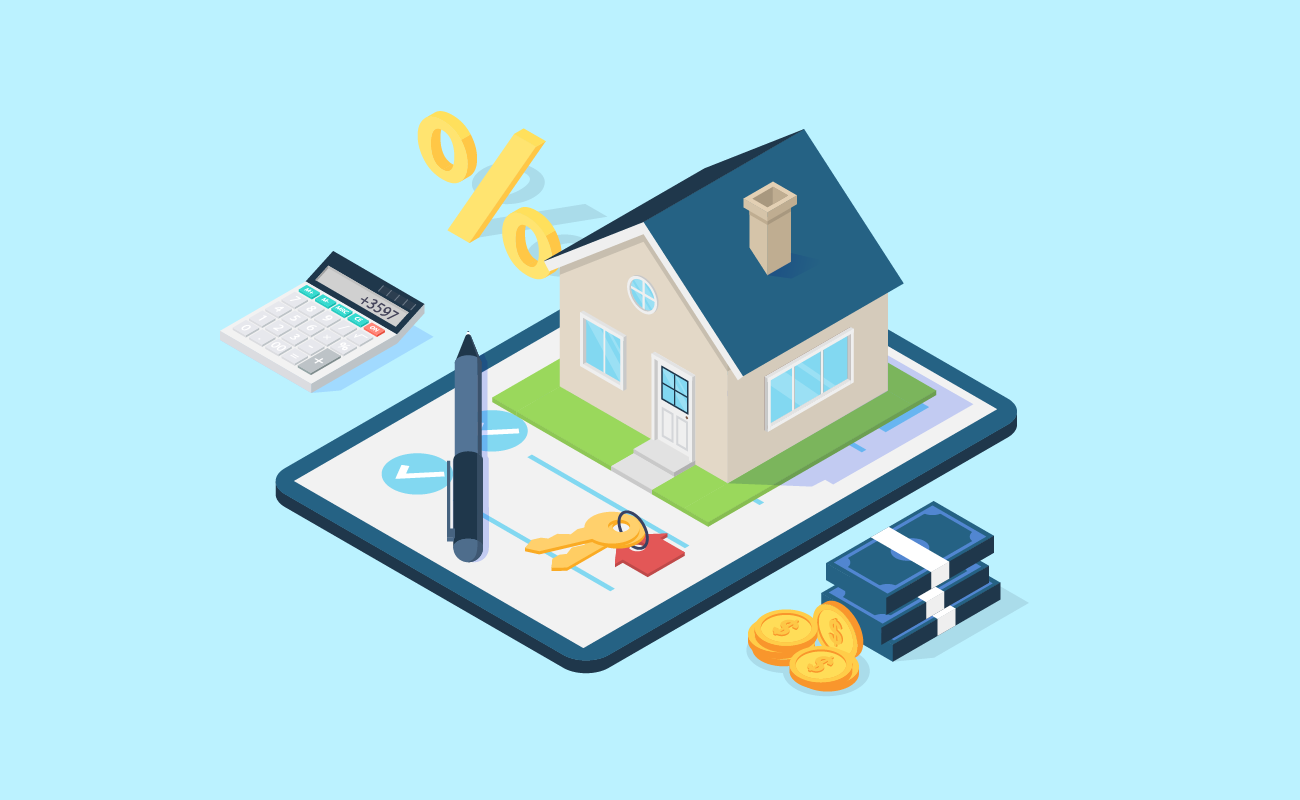 Real estate values continue to climb. Historically interest rates coupled with shrinking housing supplies has caused home values to increase in many markets, especially those outside cities. In fact, according to Realtor.com, the median listing price for homes in the U.S. rose by a whopping 15.4% over the past year. Affordability is down, making purchasing a home more difficult, especially for those buying their first home.
Real estate values continue to climb. Historically interest rates coupled with shrinking housing supplies has caused home values to increase in many markets, especially those outside cities. In fact, according to Realtor.com, the median listing price for homes in the U.S. rose by a whopping 15.4% over the past year. Affordability is down, making purchasing a home more difficult, especially for those buying their first home.
What is the ideal price range?
Determining how much house you can afford is one of the most important decisions a first-time home buyer can make. How much is too much? Too often buyers end up purchasing more home than they can afford and end up with excessive mortgage debt. Remember, just because a mortgage company will lend you the money doesn’t mean that you can actually afford to pay it back. Banks may approve you for a mortgage payment that leaves little to no additional discretionary income. Rather than taking a house-poor approach, consider establishing a financial game-plan that leaves you with a sufficient financial cushion for all of your annual expenses – including savings. Remember, any home purchase that prevents you from saving for your future may be too expensive.
Calculate miscellaneous expenses
The transition from renting to owning can cause some first-time buyers to forget about expenses they do not have experience paying. (This is especially true for those who were previously living at home). Real estate taxes, homeowners’ associations (HOA) fees, utilities and on-going maintenance of the property can add considerable cost over time. Consider completing a detailed budget to ensure that you will continue have income to save for other goals such as retirement after closing on your new home. Keep in mind, the home is often the cheap part of the transaction. Run your own numbers, taking into consideration renovations, furnishings and the potential for increases in real estate taxes over time to see what you truly can afford.
Determining how much to put down on a home is also challenging. How much do you need to put down to be approved? Is it possible to make a 20 percent down payment to avoid PMI insurance? There are many factors to consider. For many first-time home buyers, coming up with a 20 percent down payment may simply be unrealistic. Private Mortgage insurance (PMI) is a policy provided by private insurers to protect a lender against loss if a borrower defaults. Since smaller down payments mean larger risk for lenders, the need for PMI will increase your borrowing costs. Putting down less also increases risk for the home buyers too. For example, if you only put down 5 percent on your purchase and the home depreciates by 10 percent due to a future down-turn in the real estate market, your home would then be “upside down”. (you owe more on the mortgage than your home is worth.) Down payments insulate both the lender and the borrower from fluctuations in the real estate market so choose wisely.
It is also critical to maintain plenty of cash reserves after making your down payment. Spending the majority of your cash reserves for a down payment can leave you susceptible to incurring other forms of debt if a financial emergency arises.
Fixed rates, adjustable rates, conventional, Federal Housing Administration (FHA) loans, Veterans Affairs loans (VA), jumbo – there are many varieties and it is critical to do your research and work with a reputable mortgage company you can trust. Fixed rate loans offer principal and interest payments that will not change during the life of the loan. (Your payment only increases if you choose to pay your real estate taxes or home owners insurance with your mortgage payment and they increase.) On the other hand, adjustable loan rates may change at some point during the loan. While fixed rates often carry slightly higher interest rates, locking in record low, fixed interest rates for the long-term may be beneficial for buyers – especially if they plan to remain in the home for the long-term and interest rates increase over time.
Also, be sure to shop around and consider various lenders. Mortgage rates can vary drastically between lenders - as much as 0.75 percent of the loan. Closing costs, which run between 2 and 5 percent of the loan amount also add up, pushing the mortgage annual percentage rate even higher. Consider visiting online resources such as www.Zillow.com or www.Bankrate.com to assess your options. Comparison shop and consider utilizing online mortgage and affordability calculators at the sites noted above as they too, can help you get a better handle on how the variation in rates can impact your monthly payment and cash flow.
Take the emotion out of it
Falling in love with a property can cause some buyers to make foolish mistakes such as overpaying or overlooking major repair costs. Do your best to avoid making your first-time home purchase an emotional decision. Instead, do your best to recognize that your home is an investment. While housing supplies are tighter and statistics suggest that the average home is only on the market for days, be sure to try to keep your emotions in-check. This is especially important as many first-time buyers can be outbid by “all cash” offers. Bottom line – letting the purchase become emotional will most likely cost you more in the long-run.
From determining your maximum purchase price to evaluating mortgage financing options, there are many factors to consider when purchasing a first-home. Obtaining mortgage pre-approvals prior to shopping and working with quality home inspectors are also a must. Since everyone’s situation is unique, consider speaking to your financial adviser, mortgage consultant and realtor to determine the most appropriate game-plan for your first home purchase.
Kurt J. Rossi, MBA, CFP®, AIF® is a CERTIFIED FINANCIAL PLANNERtm & Wealth Advisor. He can be reached for questions at 732-280-7550, kurt.rossi@Independentwm.com, www.bringyourfinancestolife.com & www.Independentwm.com. LPL Financial Member FINRA/SIPC.
The information being provided is strictly as a courtesy. When you link to any of the web sites provided here, you are leaving this web site. We make no representation as to the completeness or accuracy of information provided at these web sites. Nor is the company liable for any direct or indirect technical or system issues or any consequences arising out of your access to or your use of third-party technologies, web sites, information and programs made available through this web site. When you access one of these websites, you are leaving our web site and assume total responsibility and risk for your use of the web sites you are linking to.
Information and interactive calculators are made available to you as self-help tools for your independent use and are not intended to provide investment advice. We cannot and do not guarantee their applicability or accuracy in regards to your individual circumstances. All examples are hypothetical and are for illustrative purposes. We encourage you to seek personalized advice from qualified professionals regarding all personal finance issues.











